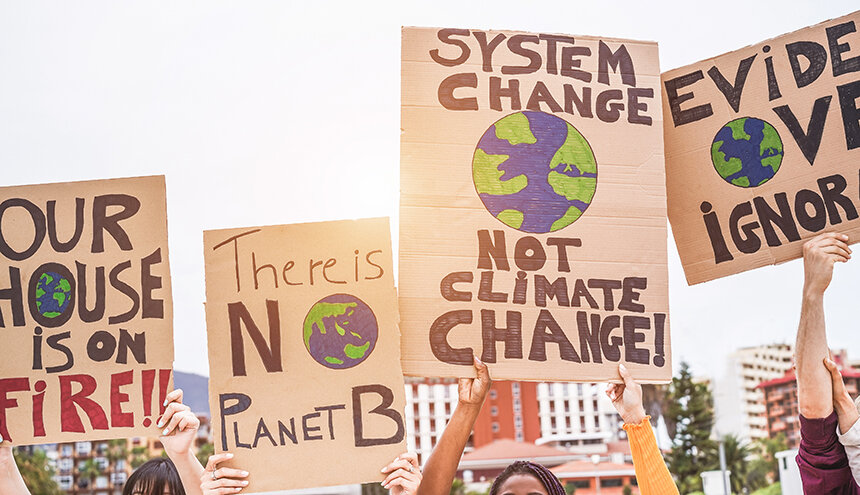Creation of Providence’s Green Justice Zones Underway
February 14, 2020
PROVIDENCE — A small group of people snacked on pizza strips and sipped ginger ale Feb. 13 at Public LLC, an art gallery at the corner of Aleppo Street and Manton Avenue in Olneyville. A piece of paper was taped to the window next to them outlining what will be discussed: Green Justice Zones.
The city’s Green Justice Zones — Olneyville and South Providence — are being formed in conjunction with the $220 million Capital Improvement Plan signed by Mayor Jorge Elorza in early January. These zones, which “seek to achieve health equity, improve quality of life, and climate resilience in frontline communities,” are also included in last year’s Climate Justice Plan.
The goal is to make sure the people who live in these areas have a voice and are heard.
Monica Huertas, an activist and social worker, explained to the group that yes, the level of pollution in Olneyville and South Providence needs to be addressed, but that each community must also be part of any solution.
“We don’t want to clean up the neighborhood only to not be able to afford to live here anymore,” she said. “We don’t want to clean up the port only to make room for waterfront condos that no one in our community can afford to live in.”
This is where the Green Justice Zones come into play.
“Part of the Green Justice Zones involves inviting people from these areas to come to meetings and be a part of the base group,” said Huertas, a South Providence resident. “Then we have the cohort side, which will gather ten representatives from Olneyville and South Providence to be a part of the longer process of making sure the BIPOC (black, indigenous, and people of color) community’s voice is heard.”
Similar to the Rhode Island Department of Health’s Heath Equity Zones, the Green Justice Zones will form a collective community voice that will be present throughout the city’s decision-making process, voicing residents’ concerns and ideas.
But some of the people recently gathered in the Public art space shared their doubts. They worry that the people in positions of power may nod and smile when concerns are voiced, but in the end money will win out. They are fearful that improving the area will inevitably open it up to gentrification.
But Vatic Kuumba, a member of the city’s Racial and Environmental Justice Committee, noted that having a cohort of representatives from the community, who will actively engage in the community and serve as a voice for shared concerns, will prevent that from happening.
Huertas noted that if community members feel they aren’t being listened to, they can withdraw their support.
Kuumba agreed.
“There was a part of the city bag ban that we didn’t like — the fee on alternative bags provided by retailers — so we withdrew our support until it was fixed,” he said.



